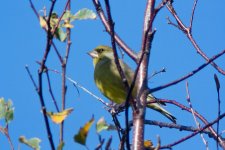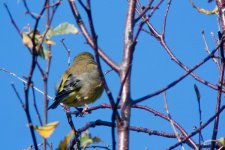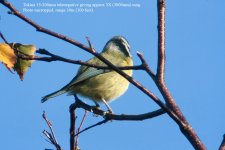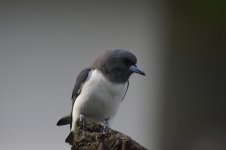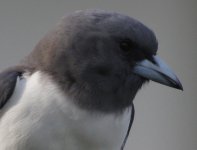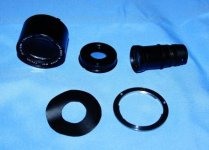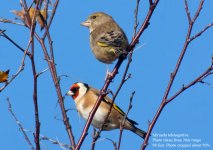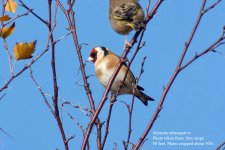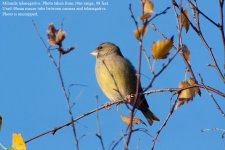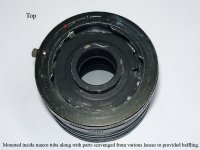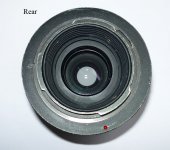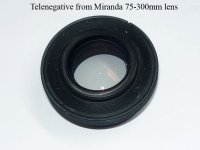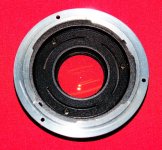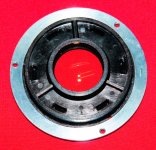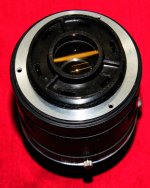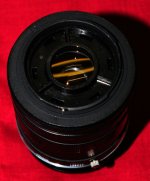FernandoBatista
Well-known member
That spider looks very good, Paul, lots of detail.
You don't know how many diopters does it have, do you? I'm trying to find a 4 or 5 diopter. It would be nice to know if any of these lenses are close to it.
You don't know how many diopters does it have, do you? I'm trying to find a 4 or 5 diopter. It would be nice to know if any of these lenses are close to it.




